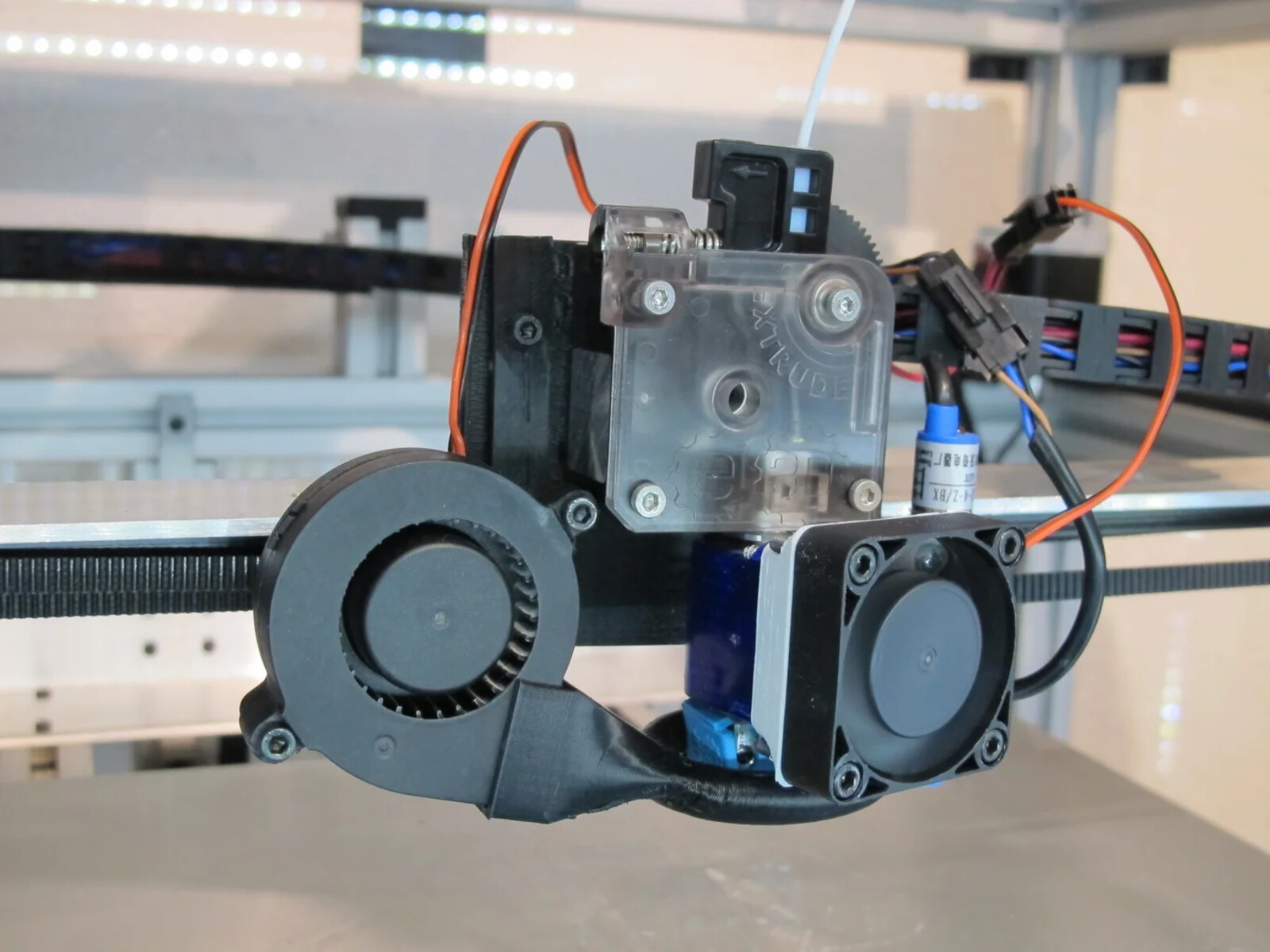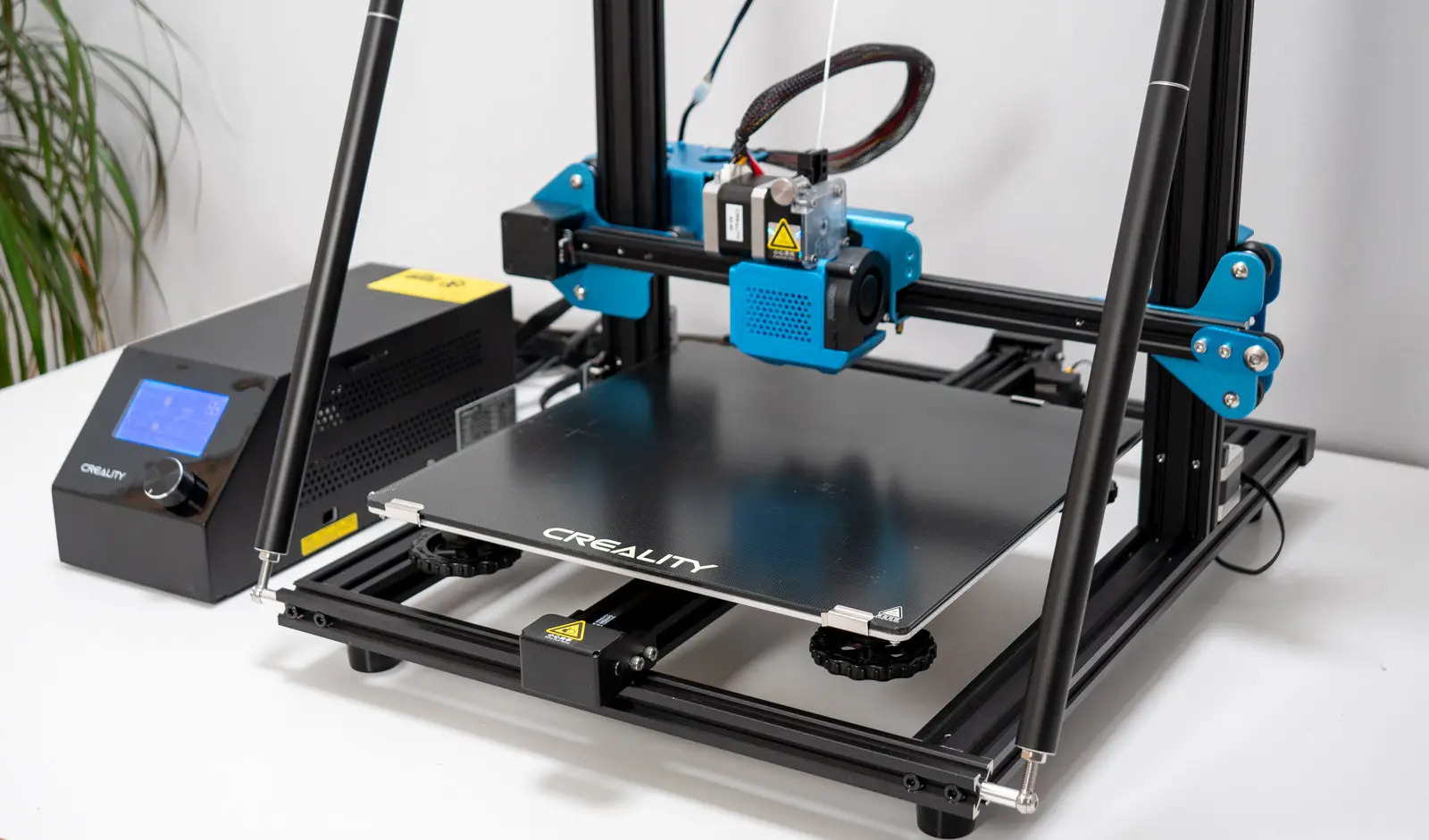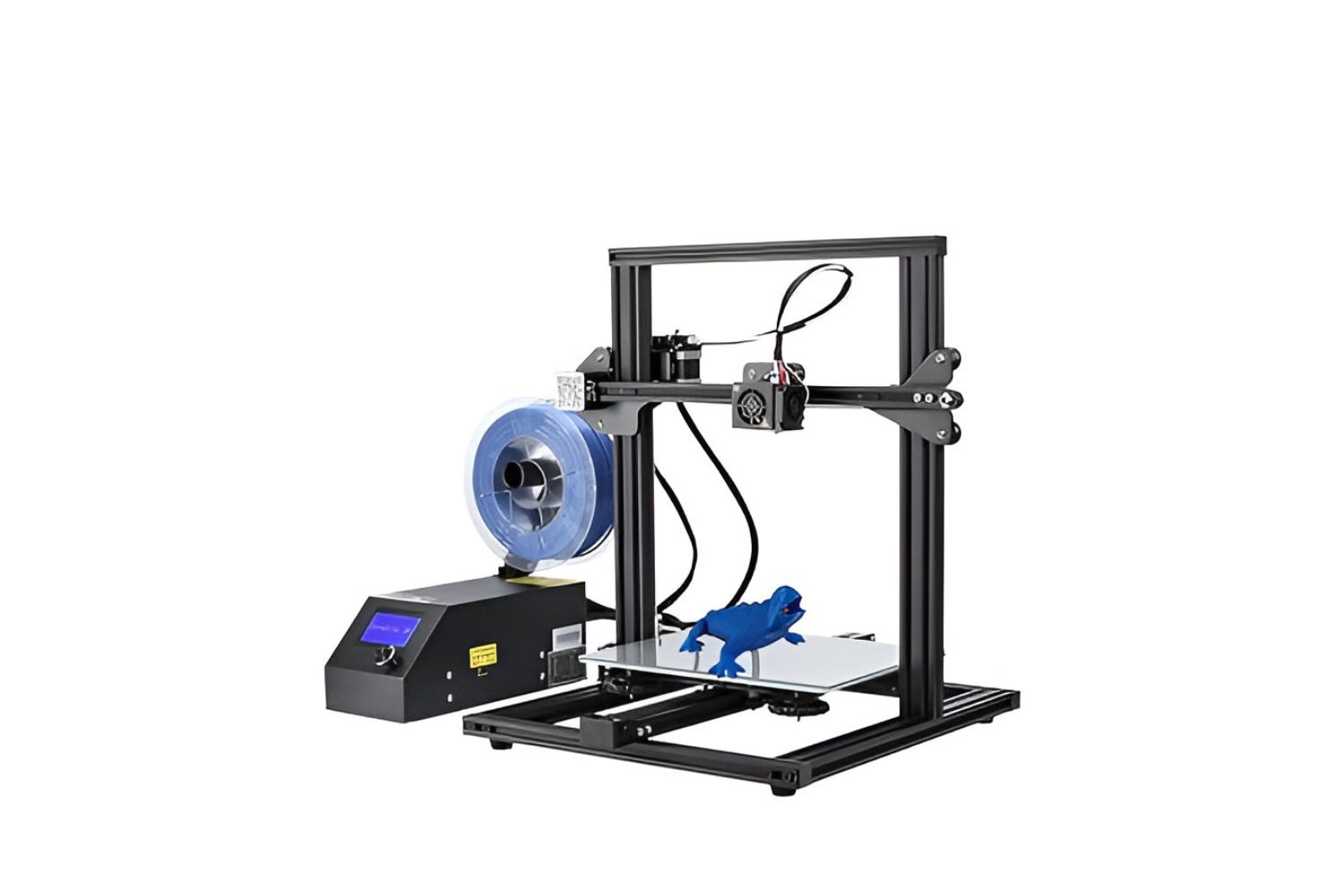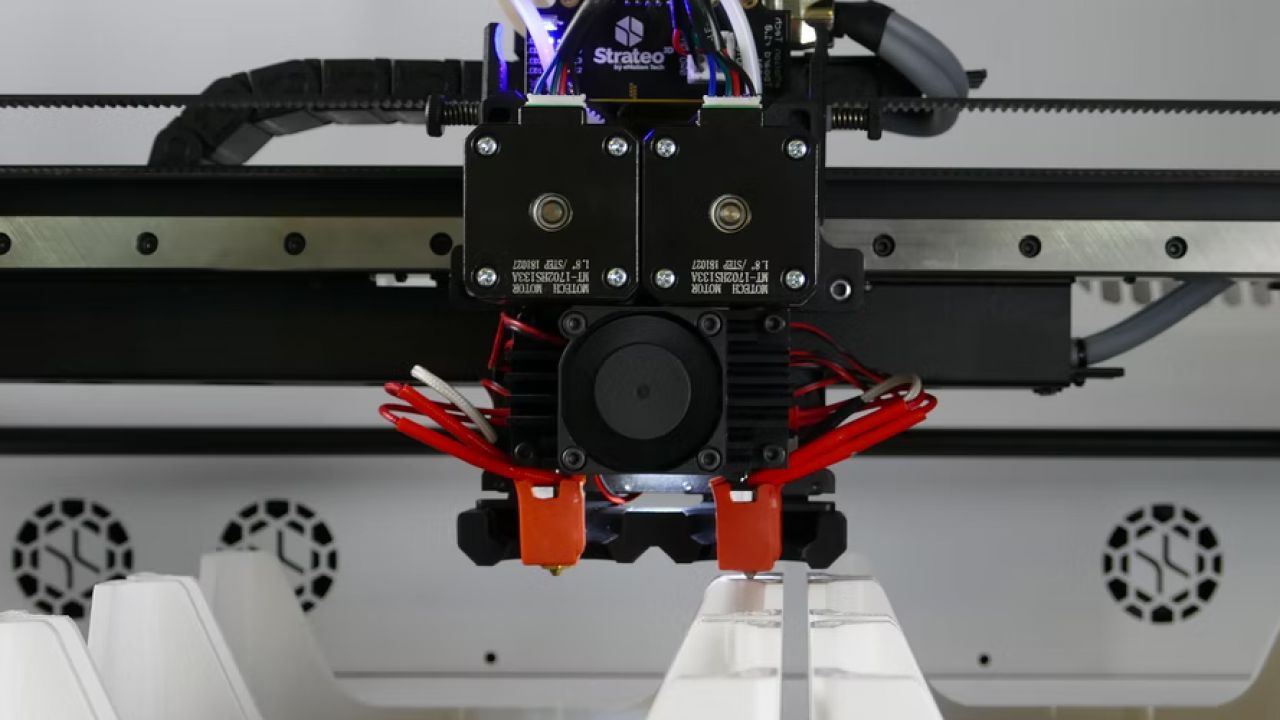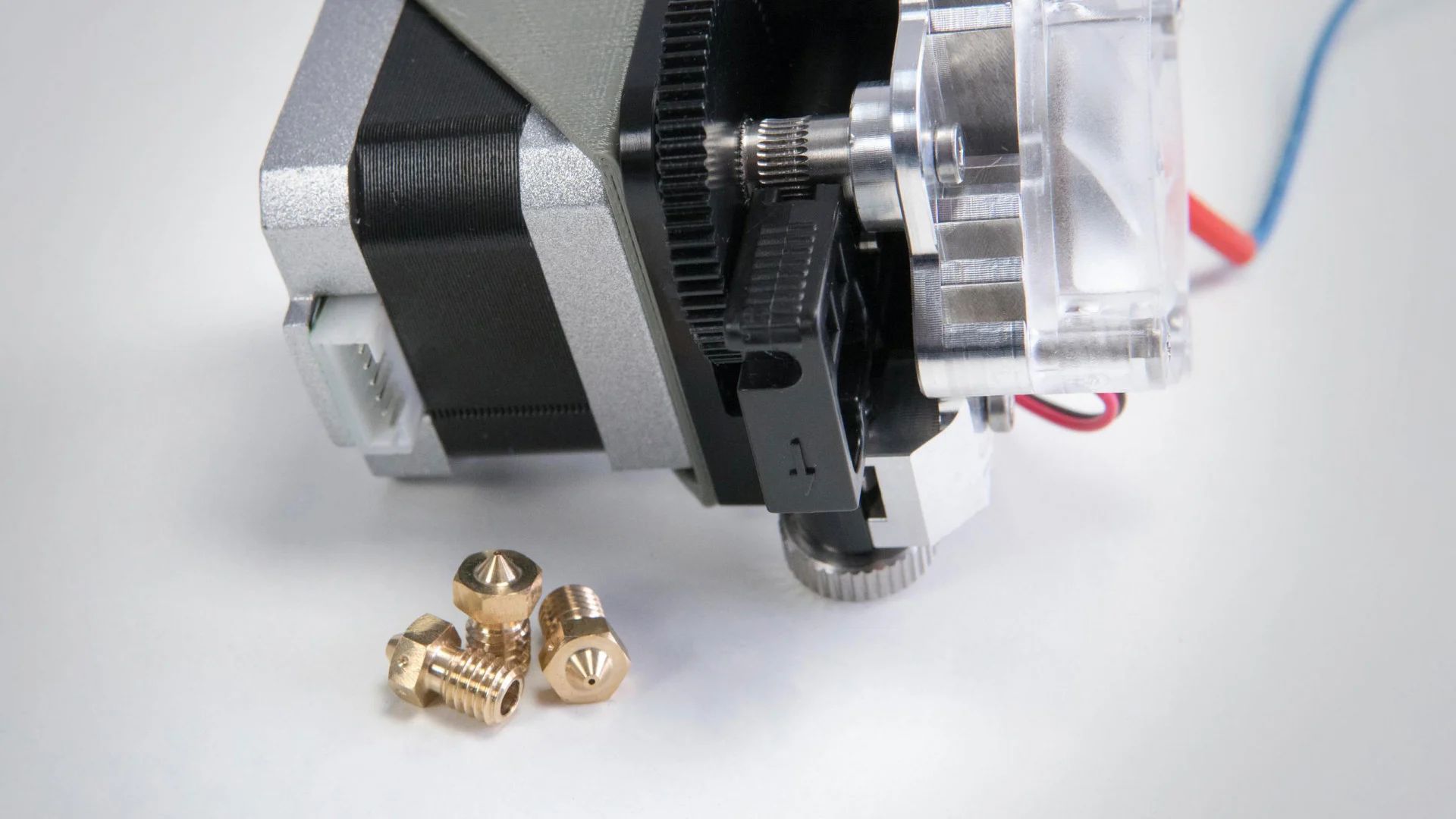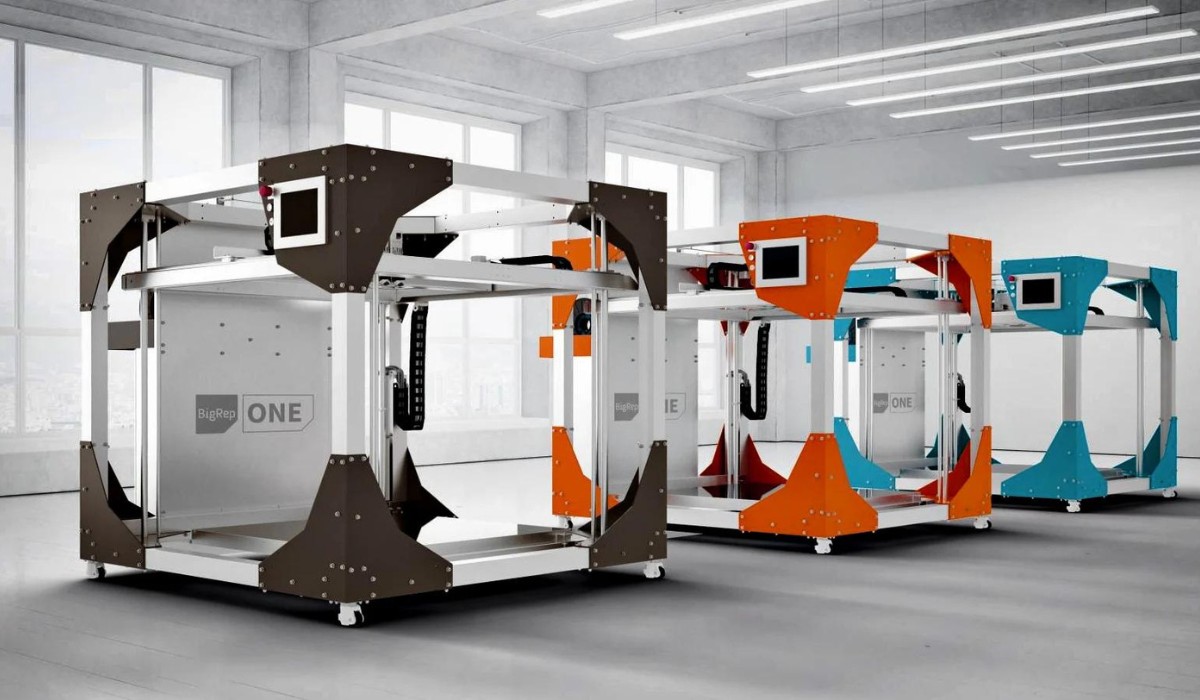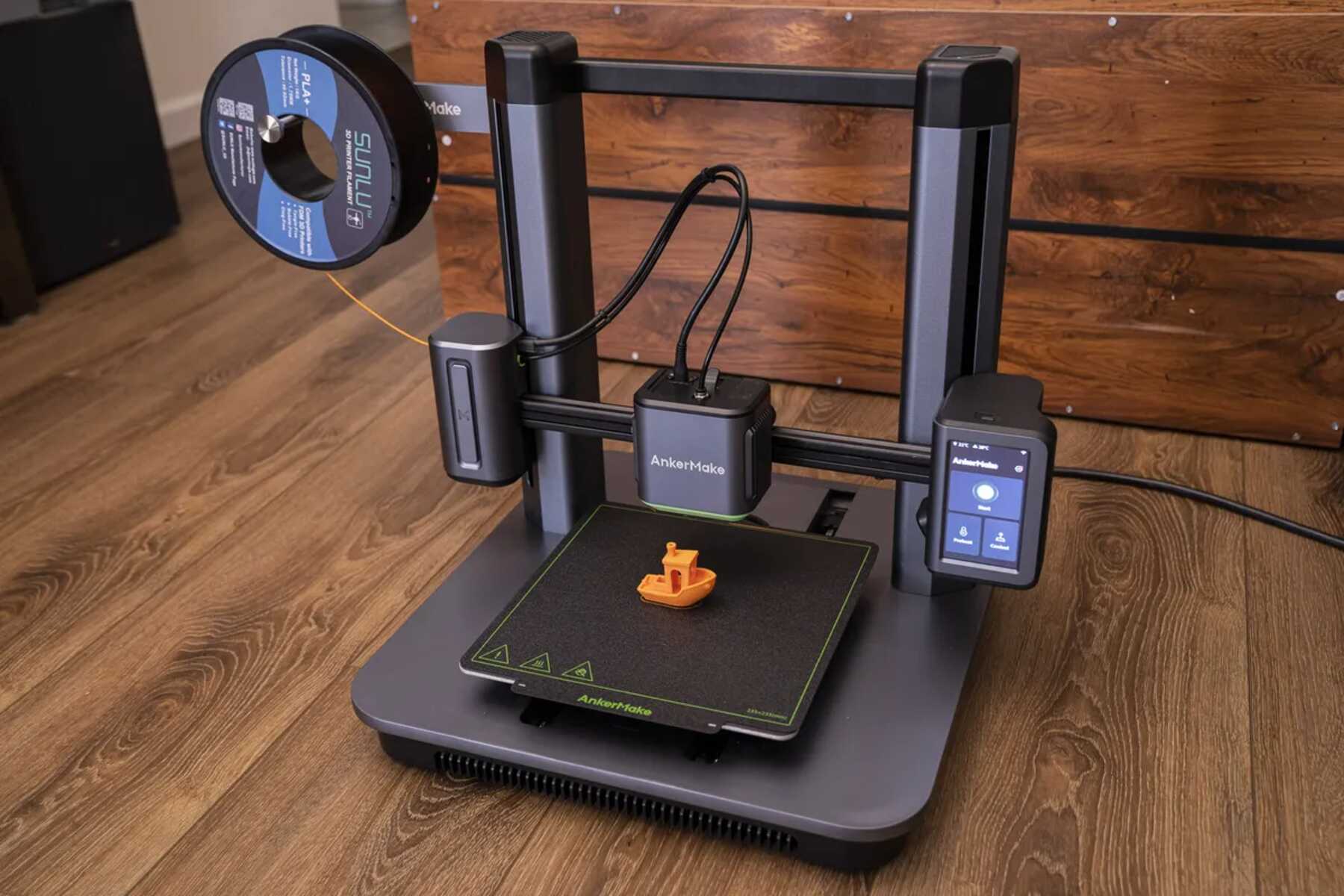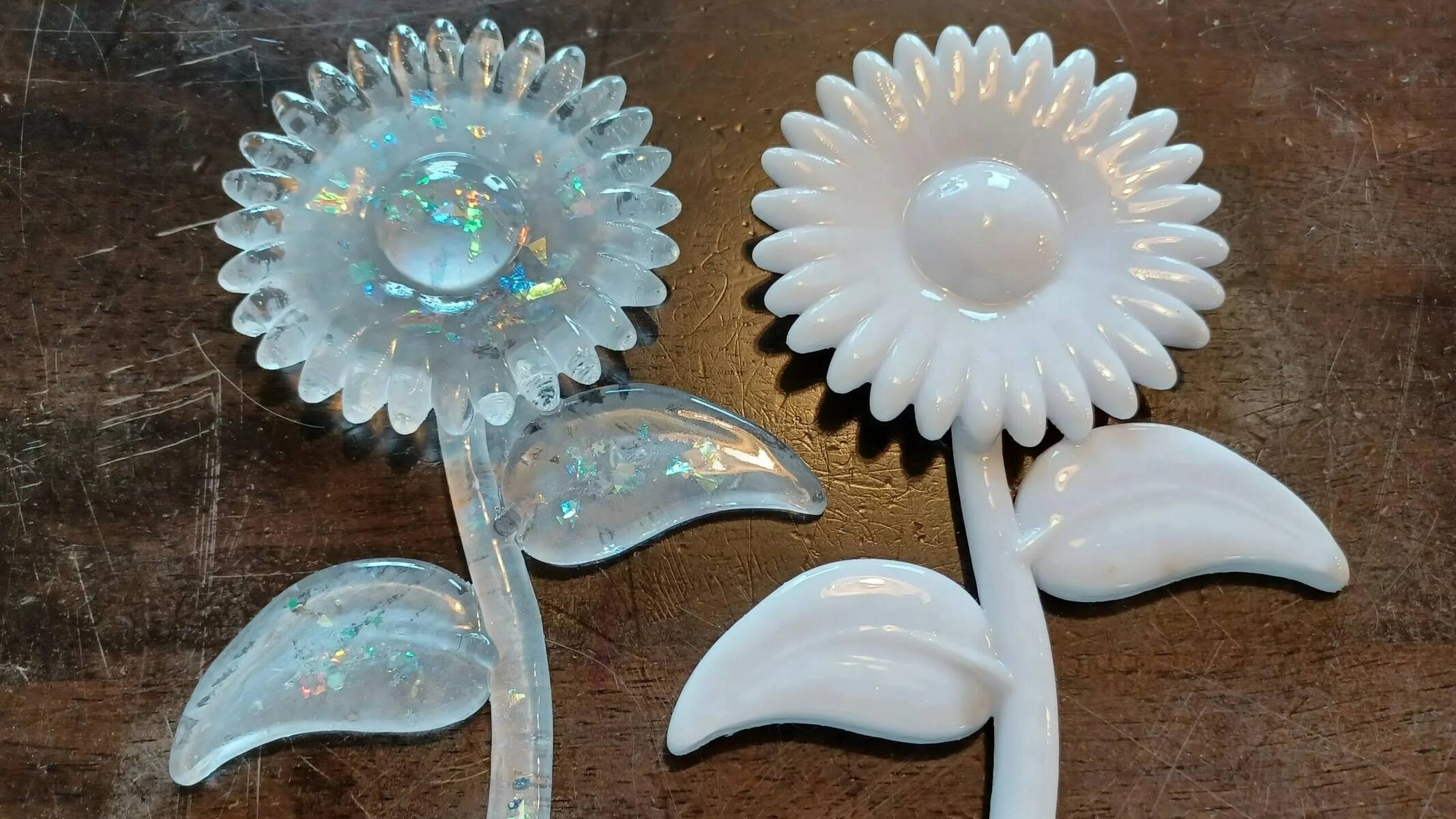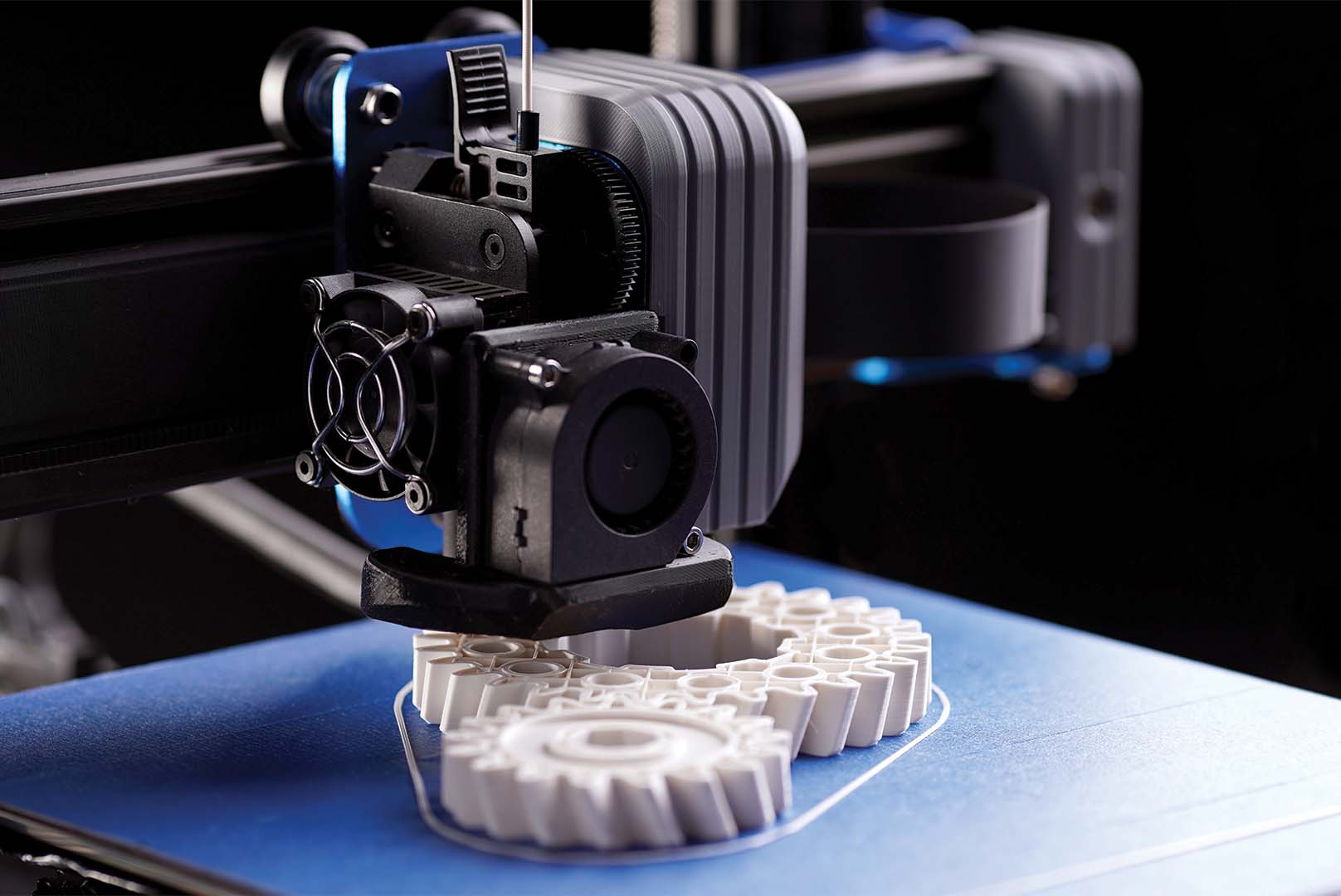Introduction
Welcome to the exciting world of 3D printing! As technology continues to advance, so too does the ability to bring our ideas to life in three dimensions. One of the key components of a successful 3D printing process is part cooling, which plays a crucial role in achieving high-quality prints. In this article, we will explore the importance of part cooling in 3D printing and delve into the factors that determine the number of fans needed for effective cooling.
Part cooling refers to the process of rapidly cooling the printed object as it emerges from the hot nozzle of the 3D printer. This cooling is essential to solidify the layers of the object, ensuring its structural integrity. Without proper cooling, issues such as warping, deformation, and poor layer adhesion can occur, resulting in a flawed final print. Therefore, understanding how part cooling works and determining the number of fans required is crucial for successful 3D printing.
So why exactly is part cooling important in 3D printing? Well, when molten plastic is extruded from the nozzle onto the print bed, it undergoes a phase change from a liquid to a solid state. This transition must occur rapidly enough to prevent any distortion or defects in the printed object. By cooling the plastic quickly, we promote solidification and help maintain the shape and dimensions of the intended design.
The cooling process is typically achieved using fans, which blow cool air over the printed object. The airflow helps to dissipate heat and lower the temperature of the plastic, allowing it to solidify more quickly. The number of fans needed for effective part cooling depends on various factors, including the size and complexity of the printed object, the filament material being used, and the desired print quality.
In the following sections, we will explore these factors in more detail and provide tips for optimizing part cooling in 3D printing. So, without further ado, let’s dive into the exciting world of part cooling and discover how it contributes to achieving outstanding 3D prints.
What is part cooling?
Part cooling is an essential aspect of the 3D printing process. It involves the controlled cooling of the printed object to solidify the layers and ensure the desired shape and integrity of the final product. The primary goal of part cooling is to prevent deformation, warping, and poor layer adhesion, which can lead to defects in the printed object.
When the molten plastic filament is extruded from the nozzle, it is at a high temperature. As it comes into contact with the cooler ambient air, it rapidly cools and solidifies. The speed at which this cooling occurs has a direct impact on the quality of the print and its dimensional accuracy. If the plastic cools too slowly, it can lead to sagging or drooping of the layers, resulting in a distorted print.
To achieve effective part cooling, fans are commonly used in 3D printers. These fans blow cool air directly onto the printed object, facilitating the rapid cooling process. The cool air helps to dissipate heat from the plastic, reducing its temperature and promoting solidification. The fans can be positioned in various ways, depending on the printer’s design and the desired cooling requirements.
Part cooling is especially critical for printing materials with lower melting temperatures, such as PLA (Polylactic Acid). PLA tends to have a higher cooling rate compared to other materials like ABS (Acrylonitrile Butadiene Styrene). Therefore, efficient cooling is essential to prevent issues like stringing, where excess melted plastic oozes between different parts of the print.
In summary, part cooling is the process of cooling the printed object rapidly to ensure its structural integrity and dimensional accuracy. By using fans to blow cool air onto the printed layers, we can achieve solidification of the plastic material and prevent problems such as warping and deformation. Effective part cooling is crucial for obtaining high-quality 3D prints and plays a vital role in the overall success of the printing process.
Why is part cooling important in 3D printing?
Part cooling plays a vital role in achieving successful and high-quality 3D prints. It is essential for several reasons:
1. Preventing deformation and warping: When the molten plastic is extruded from the nozzle, it undergoes a phase change from a liquid to a solid state. Adequate cooling is crucial to solidify the layers quickly and prevent any deformation or warping of the printed object. Cooling too slowly can cause the layers to sag or droop, resulting in a distorted print outcome.
2. Ensuring structural integrity: Proper cooling ensures that each layer is solidified before the next layer is deposited on top of it. This promotes strong layer adhesion and enhances the overall structural integrity of the printed object. Insufficient cooling can lead to poor layer adhesion, resulting in weak or brittle prints.
3. Minimizing print defects: Cooling helps to reduce the occurrence of print defects such as stringing and oozing. When the plastic remains too hot for an extended period of time, it may continue to flow and cause unwanted strings between different parts of the print. Effective cooling prevents these issues by rapidly solidifying the plastic and minimizing the likelihood of such defects.
4. Improving print accuracy: Rapid cooling helps to maintain the desired shape and dimensions of the printed object. When the layers solidify quickly, they are less prone to distortion and dimensional inaccuracies. This improves the overall accuracy and precision of the final print, resulting in a higher-quality product.
5. Optimizing printing speed: Efficient part cooling allows for faster printing speeds. When the plastic cools rapidly, the printer can move on to the next layer more quickly, reducing the overall print time. This is particularly beneficial for large and complex prints, where longer cooling times can significantly impact production speed.
Overall, part cooling is essential in 3D printing to prevent deformation, enhance structural integrity, minimize defects, improve print accuracy, and optimize printing speed. It ensures that the final printed object meets the desired quality standards and exact specifications of the design. By prioritizing effective part cooling, 3D printing enthusiasts can achieve outstanding results and unlock the full potential of this innovative technology.
How does part cooling work?
Part cooling in 3D printing involves the use of fans to blow cool air directly onto the printed object. This process facilitates rapid cooling, promoting solidification of the plastic layers and ensuring the desired shape and structural integrity of the final print.
When the molten plastic filament is extruded from the nozzle, it is at a high temperature. As it comes into contact with the cooler ambient air, the heat transfers from the plastic to the air, causing the plastic to rapidly cool down and solidify. This cooling process is crucial for maintaining the shape and dimensions of the printed object.
The cooling fans used in 3D printers are strategically positioned to blow air over the printed layers. The airflow generated by the fans aids in dissipating the heat from the plastic, effectively reducing its temperature. The fans can be placed in different orientations and configurations, depending on the printer model and the specific cooling requirements.
There are several factors to consider when optimizing the part cooling process:
- Fan speed: The speed at which the fans rotate determines the air velocity and the intensity of the cooling effect. Higher fan speeds can provide stronger cooling, but they may also create air turbulence, which can affect the print quality. Finding the right balance of fan speed is crucial for achieving optimal results.
- Fan position: Placing the fans strategically near the printed object ensures that the cool air is directed onto the layers. The position of the fans can vary depending on the printer design, but aiming the airflow towards the nozzle can help in achieving more efficient cooling.
- Fan shrouds and ducts: Using fan shrouds and ducts can help direct the airflow more precisely onto the printed object. These components act as channels or guides, ensuring that the cool air reaches specific areas of the print, improving cooling efficiency.
- Layer cooling time: Controlling the amount of time between each printed layer is essential for effective cooling. Sufficient time between layers allows for proper cooling and solidification, preventing issues like sagging and drooping. Optimizing the layer cooling time depends on factors such as filament material, printer settings, and the complexity of the print.
By optimizing the fan speed, position, and utilizing accessories like fan shrouds and ducts, 3D printing enthusiasts can achieve efficient part cooling. This helps in preventing print defects, maintaining print accuracy, and ensuring the overall quality of the final printed object. Understanding how part cooling works and experimenting with different cooling configurations can significantly enhance the success of 3D printing projects.
How many fans are typically used for part cooling?
The number of fans used for part cooling in 3D printing can vary depending on various factors, including the printer model, the filament material being used, and the desired print quality. While some printers come with one fan for part cooling, others may have multiple fans or even dual cooling setups. The number of fans required mainly depends on the size and complexity of the printed object.
A single fan setup is commonly found in many entry-level and mid-range 3D printers. This fan is typically positioned near the nozzle and blows cool air directly onto the printed layers. While a single fan can provide satisfactory cooling for smaller prints or prints with simple geometries, it may struggle to effectively cool larger or more intricate models. In such cases, additional fans might be necessary to achieve optimal part cooling.
For larger prints or objects with complex designs, multiple fans are often utilized to improve cooling efficiency. These fans can be positioned at different angles around the printed object to ensure maximum air circulation and even cooling. Dual fan setups are particularly useful for cooling the front and back sides of a print simultaneously, preventing uneven cooling and reducing the likelihood of warping or distortion.
The number of fans needed for part cooling also depends on the filament material being used. Materials with lower melting temperatures, such as PLA, generally require less aggressive cooling than materials like ABS, which have higher melting temperatures. PLA prints can often be effectively cooled with just a single fan, while ABS prints may benefit from the use of multiple fans to help cool the layers more quickly.
It’s important to note that the configuration of the 3D printer and the availability of fan mounts may also influence the number of fans that can be installed. Some printers allow for easy installation of additional fans, while others may have limitations in terms of available space or compatibility.
In summary, the number of fans used for part cooling in 3D printing can vary depending on the printer model, filament material, and the size and complexity of the printed object. While a single fan setup can suffice for smaller and simpler prints, larger and more intricate models may require multiple fans to achieve optimal cooling efficiency and prevent potential print defects.
Factors to consider when determining the number of fans needed
When determining the number of fans needed for part cooling in 3D printing, several factors should be taken into consideration. These factors help ensure that the cooling process is effective and contributes to producing high-quality prints. Here are some key factors to consider:
- Print size and complexity: The size and complexity of the printed object play a crucial role in determining the number of fans required. Larger prints or those with intricate geometries may benefit from multiple fans to achieve even cooling. Smaller or simpler prints may only require a single fan for adequate cooling.
- Filament type and properties: Different filaments have different cooling requirements. Filaments with lower melting temperatures, such as PLA, generally require less aggressive cooling and can often be effectively cooled with a single fan. On the other hand, filaments like ABS, which have higher melting temperatures, may benefit from the use of multiple fans to cool the layers more rapidly.
- Print speed: The speed at which the printer operates can affect the cooling process. Faster print speeds may require additional fans to provide sufficient cooling within the limited time between layers. Slower print speeds may allow for adequate cooling with fewer fans.
- Printer design and capabilities: The design and capabilities of the printer itself can influence the number of fans that can be installed. Some printers come with dedicated fan mounts, allowing for easy installation of additional fans. Others may have limitations in terms of available space or compatibility, which can impact the number of fans that can be used.
- Intended print quality: The desired print quality also influences the number of fans needed. If a high level of detail and precision is required, multiple fans may be necessary to ensure proper cooling and prevent issues like warping or stringing.
It’s important to experiment and adjust the number of fans based on these factors to find the optimal cooling setup for each specific print. Customizing the fan configuration to suit the requirements of the print can greatly enhance the overall quality and success of the 3D printing process.
Ultimately, finding the right balance between the number of fans and the specific requirements of each print is crucial. By considering factors such as print size and complexity, filament type, print speed, printer capabilities, and intended print quality, 3D printing enthusiasts can determine the number of fans needed for effective part cooling and achieve outstanding results.
The impact of different fan configurations on part cooling
The configuration of the fans used for part cooling in 3D printing can have a significant impact on the effectiveness of the cooling process and the overall quality of the printed object. Different fan setups and orientations bring about varying cooling results. Here are some common fan configurations and their impact on part cooling:
- Single fan setup: A single fan positioned near the nozzle is a common configuration for part cooling. This setup provides direct cooling to the layers as they are printed. While effective for smaller prints or those with simple geometries, it may struggle to cool larger or more complex objects evenly. The cooling effect might be limited to specific areas, potentially resulting in uneven cooling and increased risk of warping or distortion.
- Dual fan setup: A dual fan setup, with fans positioned on both sides of the nozzle, is commonly used in larger and more intricate prints. This configuration provides simultaneous cooling to both the front and back sides of the printed object, ensuring more uniform cooling and reducing the risk of warping or distortion. Dual fans help maintain layer adhesion and improve overall print quality.
- Additional cooling ducts or shrouds: Using cooling ducts or shrouds can help guide and concentrate the airflow directly onto the printed layers. These accessories can be attached to the fan to direct the air precisely where it is needed. Cooling ducts and shrouds improve the efficiency of part cooling by ensuring that the cool air reaches specific areas, especially in intricate prints with overhangs or delicate details.
- Variable fan speed: Controlling the speed of the cooling fans allows for more precise and customized cooling. Higher fan speeds increase the airflow and provide stronger cooling, but they may also create turbulent air causing negative impacts on print quality such as vibrations or fluctuating temperatures. Lower fan speeds reduce the cooling intensity and may be useful for certain filaments or prints that require gentler cooling.
- Angled fan positions: The angle at which the fans are positioned can influence the direction and spread of the airflow. Tilting the fans at different angles can help direct the air onto specific areas of the print, ensuring efficient and targeted cooling. Adjusting the fan angles based on the design and contours of the printed object can improve cooling effectiveness and minimize the risk of defects.
Each fan configuration has its advantages and considerations, and the optimal setup depends on factors such as print size, complexity, filament material, and desired print quality. Experimentation and fine-tuning may be necessary to determine the ideal fan configuration for specific prints. By selecting the appropriate fan configuration and making adjustments as needed, 3D printing enthusiasts can achieve optimal part cooling, minimizing print defects, and producing high-quality prints.
Tips for optimizing part cooling in 3D printing
Optimizing part cooling plays a crucial role in achieving high-quality 3D prints. Here are some helpful tips to ensure effective cooling and optimal results:
- Position the fans strategically: Place the cooling fans in a position where they can blow cool air directly onto the printed layers. Consider the design and orientation of the printed object to determine the ideal fan placement that ensures adequate airflow coverage.
- Use fan shrouds or cooling ducts: Attach fan shrouds or cooling ducts to the fans to direct the airflow precisely where it’s needed. These accessories help concentrate and guide the cool air onto specific areas of the print, improving cooling efficiency and reducing the risk of warping or distortion.
- Adjust fan speeds: Experiment with different fan speeds to strike the right balance between cooling effectiveness and potential issues like air turbulence. Higher speeds can provide stronger cooling, while lower speeds can reduce the risk of vibrations or fluctuations that may impact print quality.
- Consider dual fan setups: For larger prints or those with complex geometries, using dual fans can provide more even and comprehensive cooling. Dual fans ensure simultaneous cooling of the front and back sides of the printed object, reducing the likelihood of warping and maintaining layer adhesion.
- Control layer cooling time: Adjust the time between each printed layer to allow sufficient cooling and solidification. Increasing the layer cooling time can help prevent issues like sagging or drooping of the layers, especially in prints with overhangs or intricate details.
- Optimize print speed: Experiment with different print speeds to find the right balance between efficient cooling and overall print quality. Faster print speeds may require more aggressive cooling, while slower speeds allow for extended cooling periods and can benefit certain filament materials.
- Consider print bed cooling: Besides part cooling, cooling the print bed can also help prevent warping and improve overall print quality. Cooling the bed using a separate fan or enabling the printer’s built-in print bed cooling feature can be beneficial, especially for prints with large surface areas.
- Regularly clean and maintain the fans: Dust or debris build-up on the fans can reduce their effectiveness. Regularly clean the fans to ensure proper airflow and consistent cooling performance. Additionally, ensure that the fans are properly secured and operate smoothly to prevent any unwanted vibrations.
Remember, every 3D printer and print job may have unique requirements, so it’s important to experiment and make adjustments accordingly. By applying these tips and fine-tuning the part cooling process, you can achieve optimal cooling efficiency and produce exceptional 3D prints.
Conclusion
Part cooling is an integral component of successful 3D printing. By rapidly cooling the printed object, part cooling ensures the solidification of layers and maintains the shape, structural integrity, and dimensional accuracy of the final print. Effective part cooling prevents deformations, warping, and print defects, ultimately contributing to the production of high-quality prints.
In this article, we explored the importance of part cooling in 3D printing and discussed various factors that determine the number of fans needed for optimal cooling. We examined how part cooling works, considering the impact of different fan configurations and shared tips for optimizing the part cooling process.
Understanding the factors that influence part cooling, such as print size, filament type, and print speed, allows 3D printing enthusiasts to tailor their cooling setup to achieve the best possible results. By positioning fans strategically, using fan shrouds or cooling ducts, adjusting fan speeds, and considering dual fan setups when necessary, efficient part cooling can be achieved.
Moreover, controlling the layer cooling time, optimizing print speed, and cleaning and maintaining the fans contribute to maximizing part cooling effectiveness. It is important to experiment, fine-tune, and customize the part cooling process for each print, taking into account the unique requirements of the printer model and the filament material being used.
By applying these techniques and considerations, 3D printing enthusiasts can produce exceptional prints with minimal defects, improved dimensional accuracy, and enhanced overall quality. Part cooling, when optimized, paves the way for exploring the full potential and capabilities of 3D printing technology.







